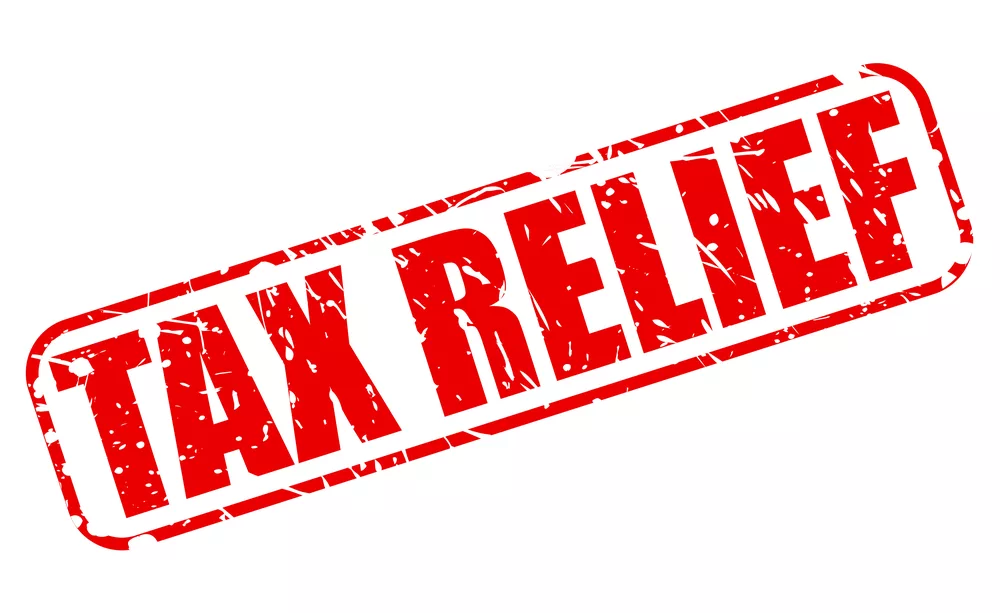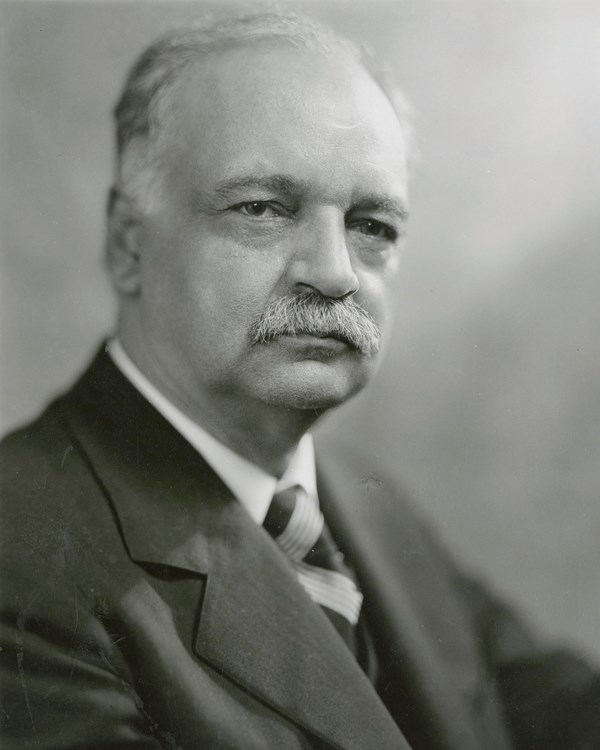Over August and September, taxpayers across the state showed up to revenue-neutral hearings frustrated about tax increases. The statewide average property tax increase from 2022 into 2023 was 6.4%. In Shawnee County, a 9.66% increase in property tax from increasing the mill rate from 45.468 to 49.861 brought residents out in droves – many of whom pointed out the 10.4% increase in the county’s budget over the previous year. Whether it’s from a mill or a valuation increase, property taxes are property taxes. High taxes take more out of the wallets of ordinary families and could change someone’s decisions on whether to live in their local communities or Kansas as a whole.
This isn’t new though: according to the Lincoln Institute of Land Policy, Kansas has the highest property taxes in the nation on rural commercial property in a town the size of Iola. Rural homestead property taxes are similarly high at 5th nationally. Between 1997 and 2021, Johnson County’s property taxes increased by 290%.
It has always been true and remains that way – lower taxes come down to governments operating more effectively.
Valuations and Truth-in-Taxation
The source of the aforementioned tax hikes this year was a valuation spike in counties across the state in 2022. Residential properties had a 12.1% increase in assessed value. The appraised value of all property in the state increased by 13.3%.

That in turn can lead to higher property taxes. However, that’s where the state’s Truth-in-Taxation law comes in. Taxing entities like cities, counties, and school districts need to calculate the mill rate that would keep the entity’s revenue the same as the previous year. So, if valuations increase, then the mill rate needs to decrease so that the revenue stays the same – this is called a Revenue Neutral Rate. Otherwise, if the mill rate stays the same and valuation goes up, residents are being taxed more.
With Truth-in-Taxation, taxing entities need to hold a public hearing in order to exceed their revenue-neutral rate. Of the 2,563 entities of the state’s roughly 3,900 that KPI received information about from KORA requests, 57.6% weren’t planning on exceeding their revenue-neutral rate.
Truth-In-Taxation is a means to an end, but not a definitive solution for the complex issue of high property taxes. Much of that comes down to the decision of governments themselves on how they spend. We also shouldn’t just put this on “government decisions.” It is about the decisions that individuals within government make. Do legislators vote for the new line-item in the budget? Do school board members decide to re-turf the stadium? Does a bureaucrat decide he must use his leftover budget from this year on new office furniture?
The balance between tax and spending
Kansas isn’t alone in its property tax struggles: according to the Tax Foundation, Texas has the sixth-highest property tax burden on homeowners in the country. Economist and native Texan Vance Ginn has proposed a three-pronged approach to reduce taxes.
The first is limiting spending growth. Texas has a spending limit for state government spending that Ginn recommends applying as a standard to local governments. This idea inspired Kansas Policy Institute’s own Responsible Kansas Budget, which seeks to limit state fund spending based on Kansas’s population growth and inflation.
Spending can and should be controlled at the local level to reduce taxes. KPI’s 2020 review of Kansas county per-resident spending showed thousand-dollar differences between how counties spend for similar, if not the same, services. For instance, counties with populations between 6,000 and 10,000 people differed in their per-resident spending from a high of $3,038.58 to a low of $949.97. Mitch Daniels, the former Governor of Indiana and current President of Purdue University, compared budgeting to approaching a marbled steak: there’s fat everywhere inside it, and any trimming of it makes a difference. As a result of this philosophy, under Daniels’s leadership, Purdue has maintained an 11-year freeze on tuition, making education more affordable to thousands of families.
Ginn’s next step is limiting taxing growth. For instance, a 2019 Texas bill limited the maximum tax revenue growth from existing property for most other local governments to 3.5%, with a disaster loophole to allow for exceptions in the case of property damage.
Then comes the third prong, which is compressing the taxes until they no longer exist. Texas has limited school district M&O property tax growth to 2.5%, and is seeking to whittle that number down over time.
While these measures certainly help to keep taxing entities accountable, the fundamental difference has to come from local leadership making decisions on how to spend.
Ineffective plans to deal with property taxes
House Minority Leder Vic Miller (D-Topeka) supports a constitutional amendment that would reduce the assessment ratio on residential property from 11.5% to 9%. The inconvenient truth that Miller even acknowledges is that the $308 million in taxes will be pushed from households and onto farms and other commercial businesses—largely owned by individual Kansans not the boogeyman corporations of Rep. Miller’s ideas. In Leavenworth County, non-residential properties would see a whopping 20.2% tax increase under his plan.
A similarly ineffective policy is giving $130 million of state taxpayer money to cities and counties so they can theoretically use it to reduce property tax. The proposal would resurrect the Local Ad Valorem Tax Reduction (LAVTR) plan that failed miserably and hasn’t been funded since 2003. Local officials used the state money to spend more and imposed property tax increases averaging more than 7% annually in the program’s last five years.
What’s next?
Before the 2023 legislative session ended, the Senate passed SCR 1611, an amendment that limits annual valuation increases to 4.0%. This is just one proposal that could slow the growth in property taxes.
The biggest differences need to happen at local leadership, but addressing the valuation issue at the state level could also be a good start.

Ganon Evans – Kansas Policy Institute
Ganon Evans is a Policy Manager and Analyst in the Kansas Policy Institute’s Sandlian Center for Entrepreneurial Government.




